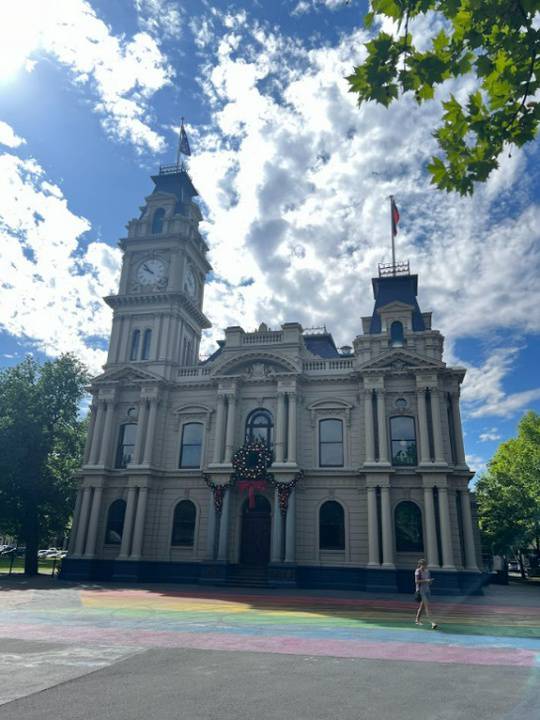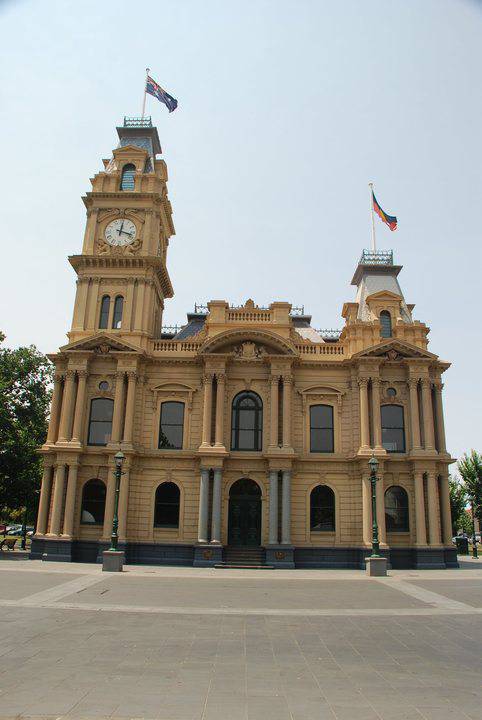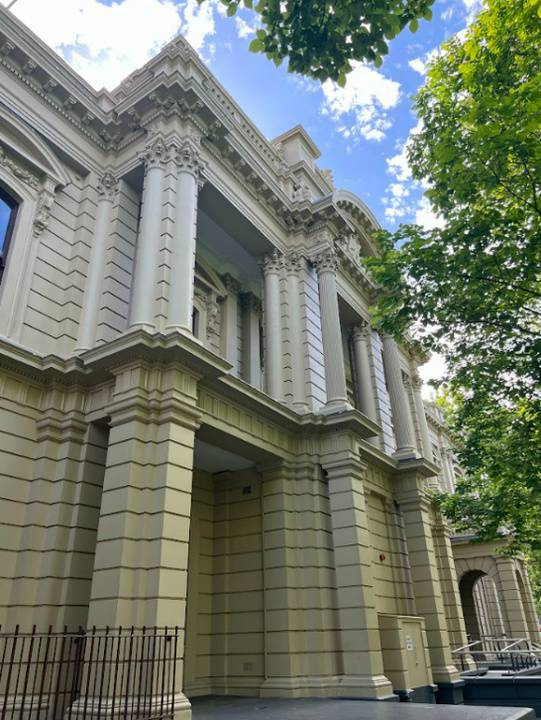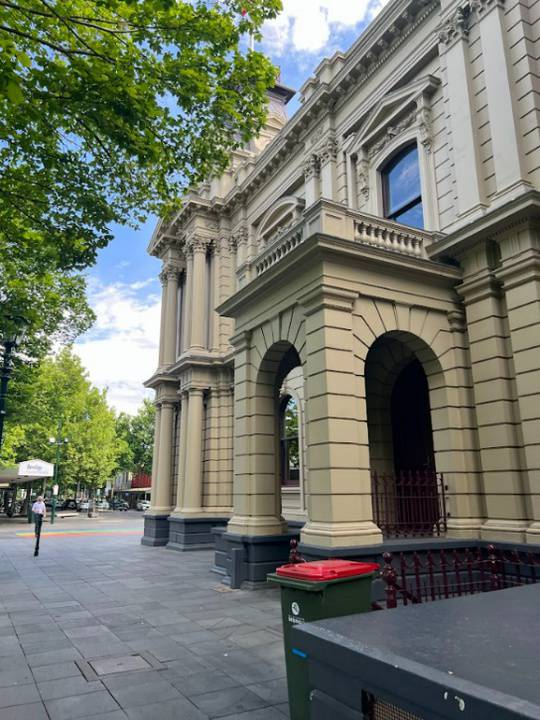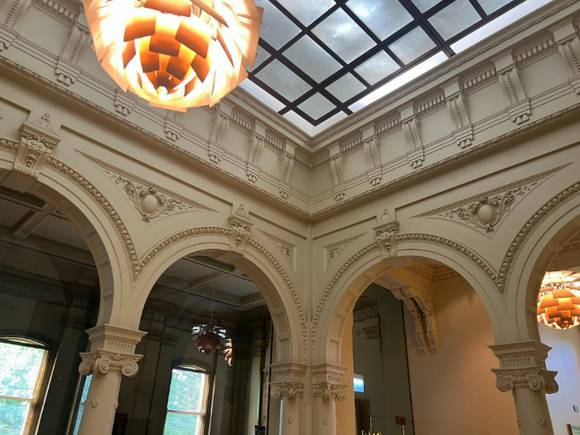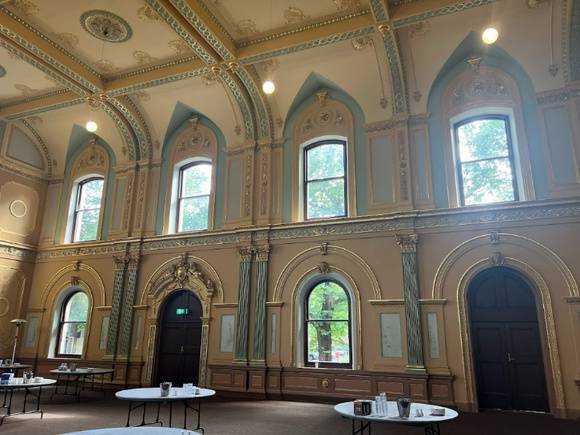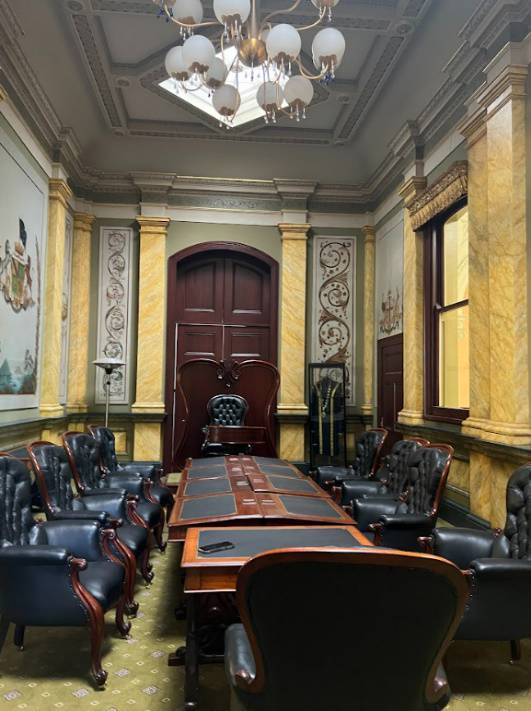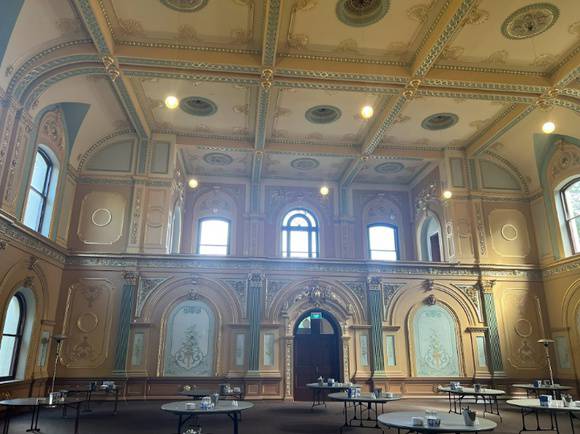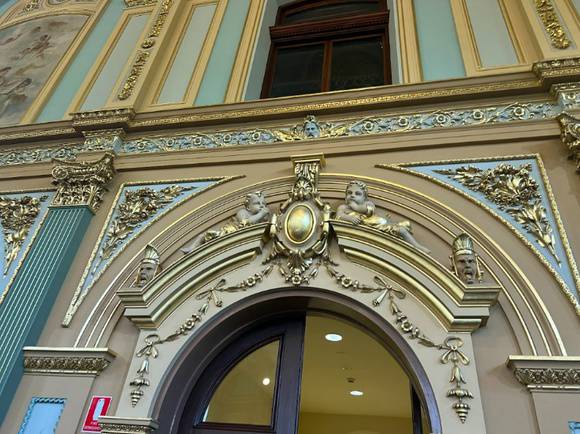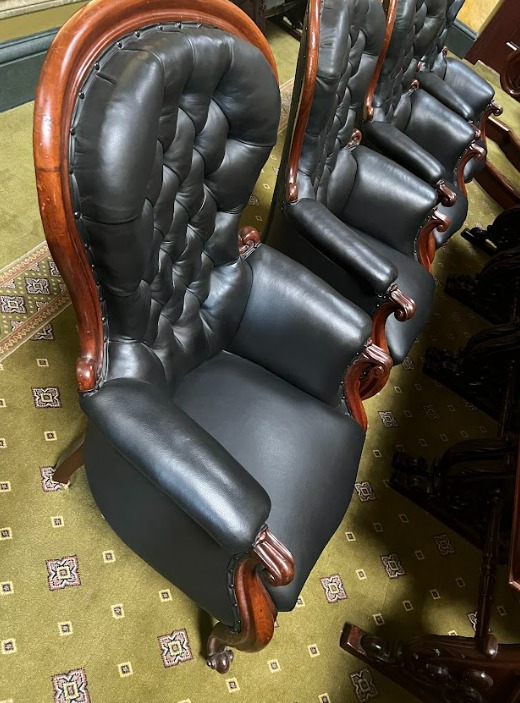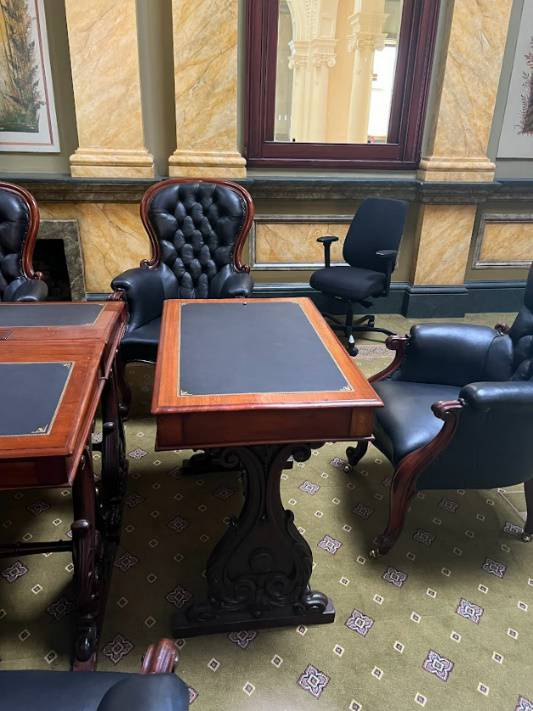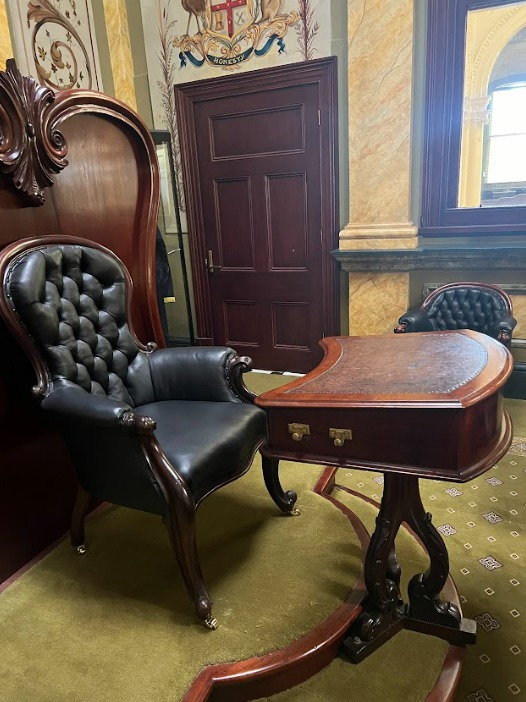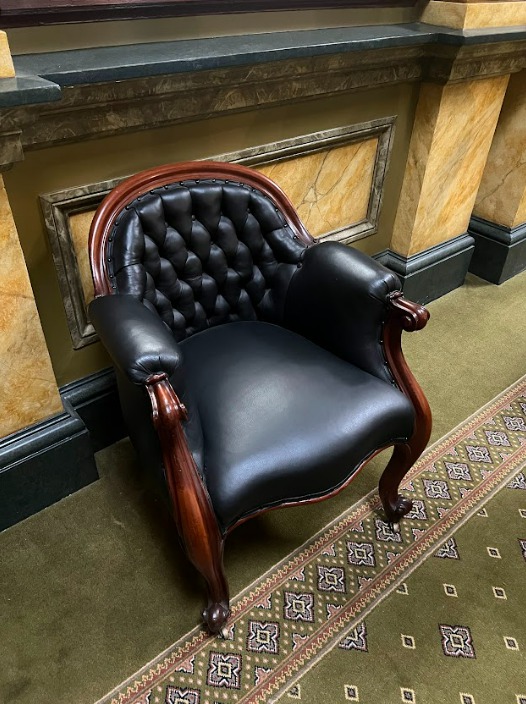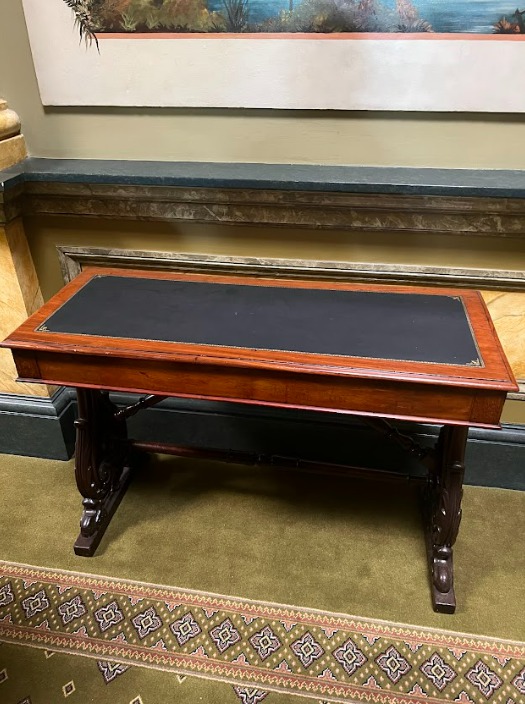| Back to search results » | Back to search page » |
|
BENDIGO TOWN HALL
Statement of Significance
What is significant?
Bendigo Town Hall, built in 1859 and extended over three phases resulting in the present mannerist building of stone construction. The original 1859 design by George Avery Fletcher was a simple two storey building in the Italianate style, which served as the foundation for future remodelling and extensions by Bendigo architect William C. Vahland in 1866. The town hall also contains fine decorative interiors, as displayed in the main hall and council chamber, along with objects integral, being the original council chamber furniture.
How is it significant?
The Bendigo Town Hall is of historical and architectural significance to the State of Victoria. It satisfies the following criterion for inclusion in the Victorian Heritage Register:
Criterion A
Importance to the course, or pattern, of Victoria’s cultural history.
Criterion D
Importance in demonstrating the principal characteristics of a class of cultural places and objects
Criterion A
Importance to the course, or pattern, of Victoria’s cultural history.
Criterion D
Importance in demonstrating the principal characteristics of a class of cultural places and objects
Why is it significant?
The Bendigo Town Hall is historically significant due to its association with the development of Bendigo, a major Victorian centre for gold mining in the nineteenth century. The elaborately decorated building demonstrates the prosperity of Bendigo as a provincial city, particularly in the 1870s and 1880s, and it is illustrative of the civic growth that occurred as a result of the mining industry.
(Criterion A)The Bendigo Town Hall is architecturally significant as a particularly notable example of mannerist architecture which evokes the pretensions of Bendigo in its boom period. The facades of this freestanding building are asymmetrical and deeply modelled, incorporating rustication, deep broken pediments, alternating triangular and segmental pediments, layers of varying orders with the Corinthian predominant, paired pilasters and columns, and skyline interest in the form of three towers, mansard roofs and balustrading. It is also of architectural significance as an important work of the prominent 19th century Bendigo Architect, William C. Vahland and his skilful adaptation of an existing building.
(Criterion D)
The Bendigo Town Hall contains particularly fine and impressive nineteenth-century decorative interiors as displayed in the main hall and council chamber. The interior decoration of these rooms with their elaborate plasterwork and hand painted wall panels is the work of important artist and modeller, Otto Waschatz, who was also responsible for the interior decoration of the library at the Bendigo School of Mines and the Melbourne Town Hall. The interiors of the Town Hall, along with the early council chamber furnishings, make Bendigo Town Hall one of the finest municipal buildings in Victoria.
(Criterion D)
(Criterion D)
The Bendigo Town Hall contains particularly fine and impressive nineteenth-century decorative interiors as displayed in the main hall and council chamber. The interior decoration of these rooms with their elaborate plasterwork and hand painted wall panels is the work of important artist and modeller, Otto Waschatz, who was also responsible for the interior decoration of the library at the Bendigo School of Mines and the Melbourne Town Hall. The interiors of the Town Hall, along with the early council chamber furnishings, make Bendigo Town Hall one of the finest municipal buildings in Victoria.
Group
Community Facilities
Category
Hall Town Hall


